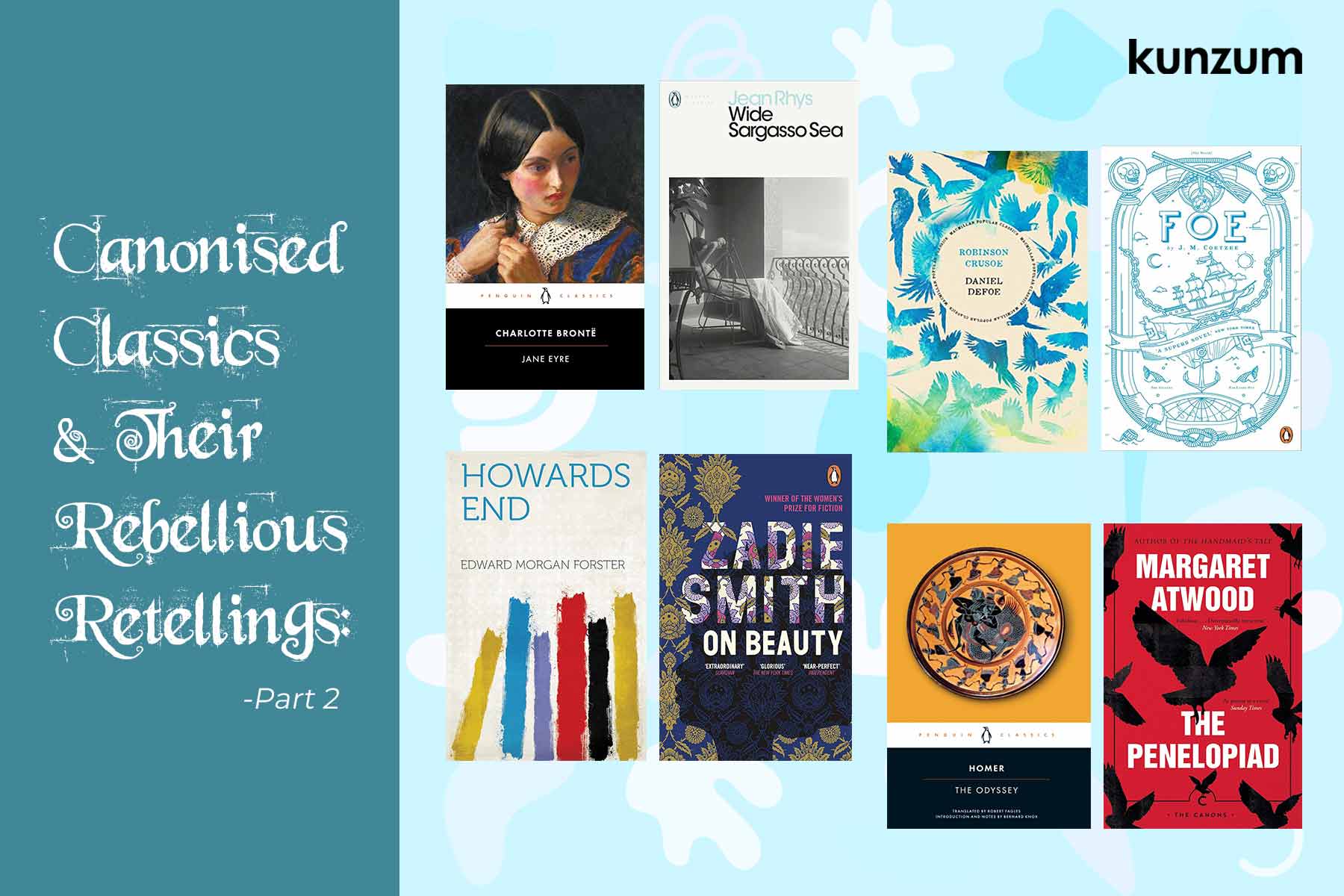
Welcome to the second part of this wonderful curation! This list will introduce you to remarkable classics and their brilliant contemporary adaptations, with voices from the canon and their reimagined, possibly worthier, counterparts. From Atwood’s fierce feminist mythology, The Penelopiad, to Rhys’ postcolonial reimagination of Brontë’s Bertha Mason, each one of these stories offers galvanised retellings of celebrated classics, re-envisioning them for a critical contemporary audience.
Brontë’s Bertha Mason
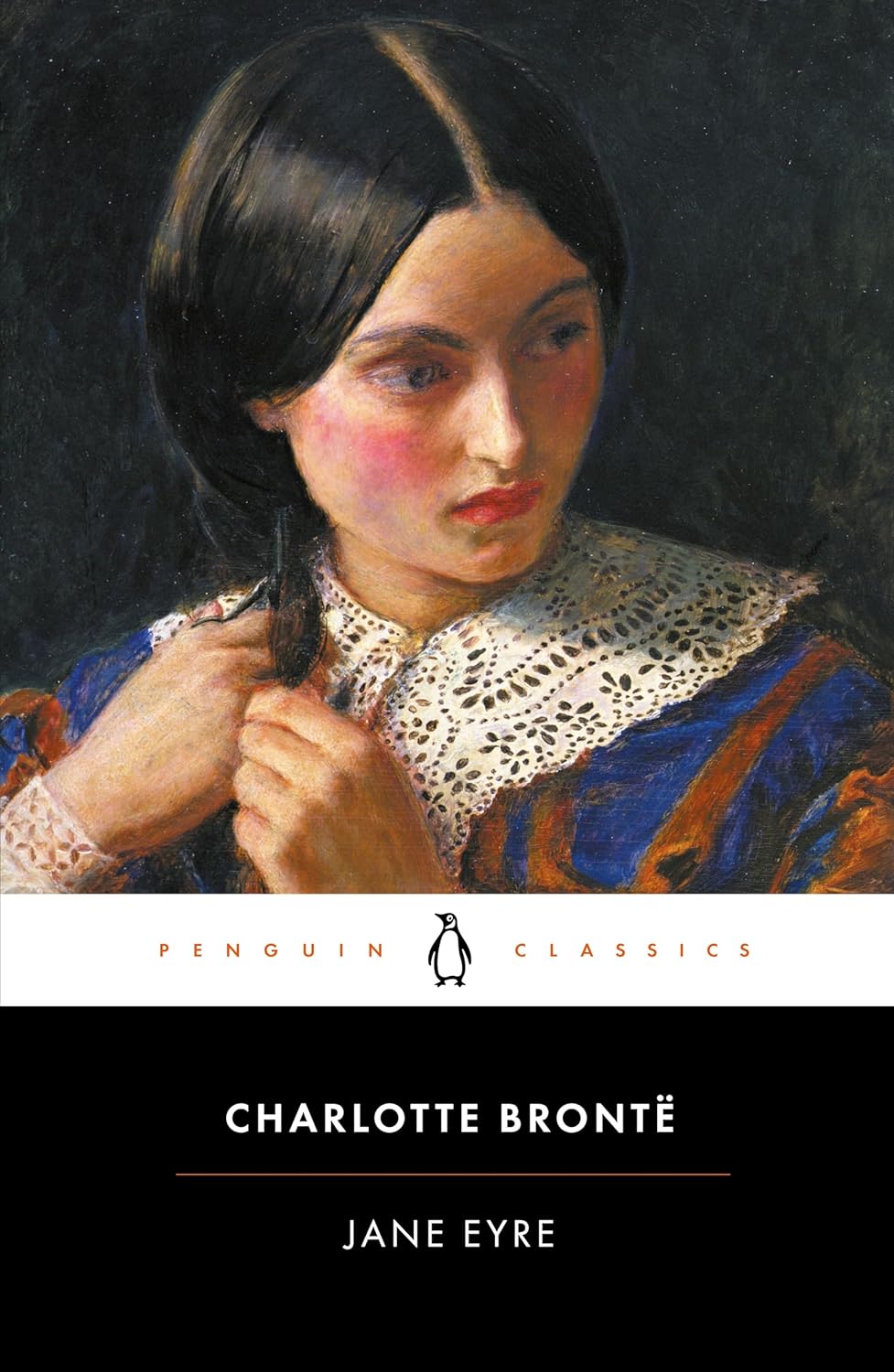
Jane Eyre by Charlotte Brontë
Published originally under Brontë’s pseudonym, “Currer Bell”, this 19th century Gothic classic is an immortalised part of romantic as well as American literature. Revolutionising the format of the prose novel, this bildungsroman was the first to trace the evolution of its protagonist through her moral and spiritual maturation, perhaps starting the trend of the first-person psychological novel so intrinsic to the form today. Bronte’s achievements in Jane Eyre are unending. From giving us the irredeemable Rochester to offering a critical analysis of gender, class and race in Victorian Society, Brontë, the “historian of the private consciousness”, narrates a fascinatingly multi-layered story of a young governess in love (Jane Eyre) and a caged ex-wife (Bertha Mason), inspiring Gilbert and Grubar’s theorisation of the ‘virgin’ and the ‘monster’/‘mad woman in the attic’ dynamic that was central to the 19th-century literary imagination. A brilliant introduction to women Victorian writers, Brontë, as well as the far-reaching potential of gothic novels, so central to women’s literature, Jane Eyre continues to be a classic well-worth reading.
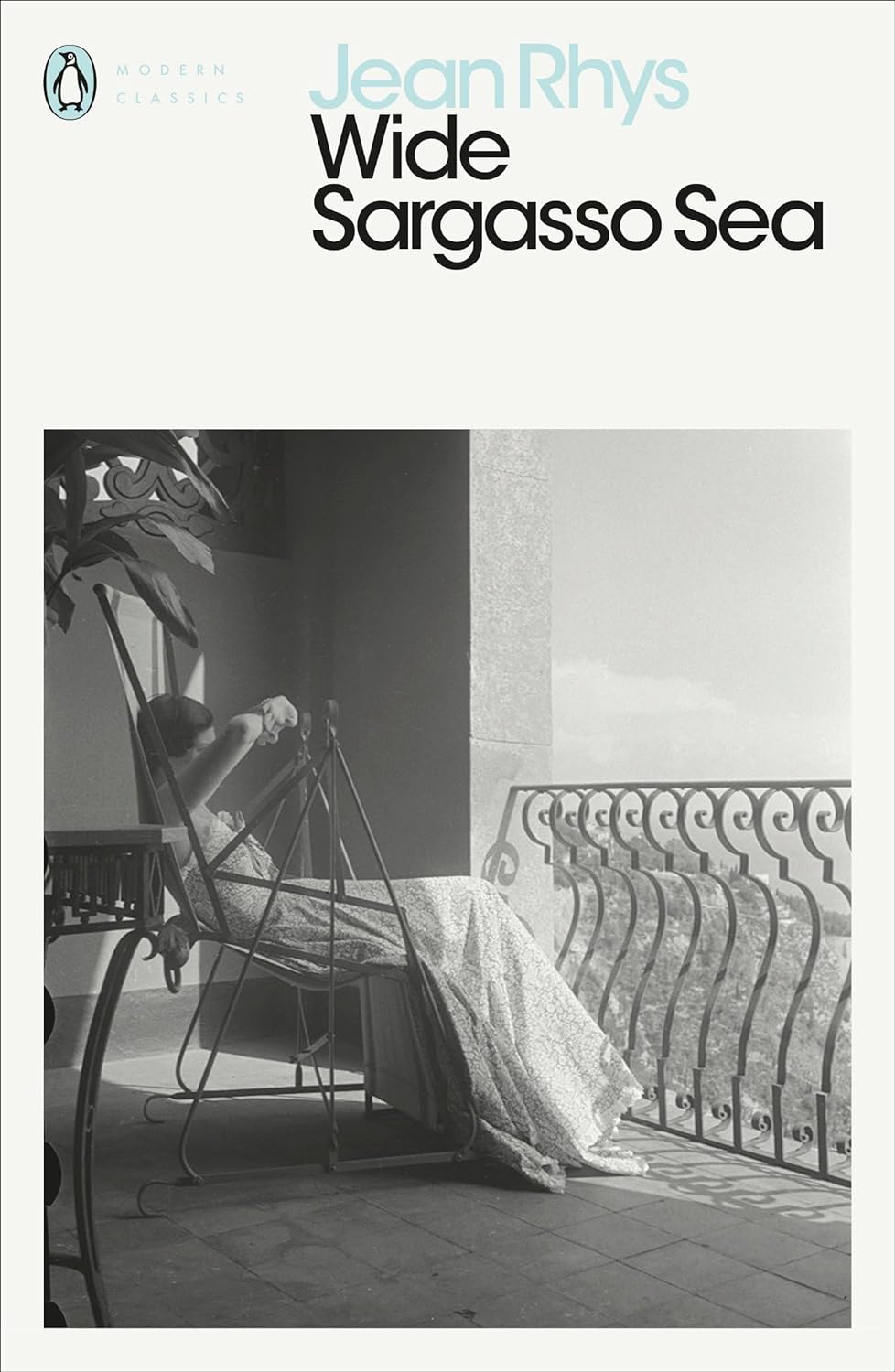
Wide Sargasso Sea by Jean Rhys
From the brilliance of 20th century Dominican-British author, Jean Rhys, Wide Sargasso Sea is an unmissable postcolonial and feminist prequel to Bronte’s Jane Eyre, masterfully blending in psychological and historical romance with the tenets of modernist experimentalism. Taking us to pre-Jane and pre-marriage Bertha, or Antoinette Cosway, a Creole heiress living off the coast of the Caribbean, Rhys immediately and powerfully offers life and history to a character cruelly left uncoloured in Bronte’s version. Liberating the madwoman in the attic, the readers are able to conceive of Antoinette, her childhood and upbringing, the contexts of race and 1833’s Slavery Abolition Act that shape her reality, as well as the truth of Rochester, who emerges as a representative of the colonising patriarch. Critically acclaimed and intelligently imaginative, Rhy’s adaptation, in narrativising the legacy of the slave trade and the Caribbean’s colonial past through Antoinette, cites the traumas and complexities of race and power as foundational to the madwoman in the attic, specifically her madden-ing.
Defoe’s Robinson Crusoe
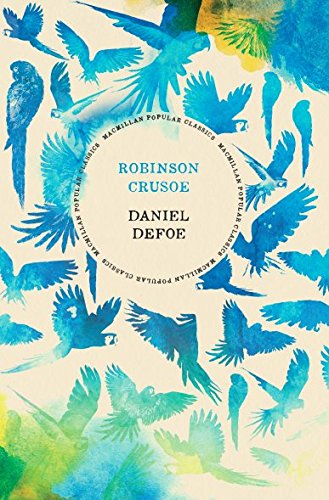
Robinson Crusoe by Daniel Defoe
Originally titled: “The Life and Strange Surprizing Adventures of Robinson Crusoe, of York, Mariner: Who lived Eight and Twenty Years, all alone in an un-inhabited Island on the Coast of America, near the Mouth of the Great River of Oroonoque; Having been cast on Shore by Shipwreck, wherein all the Men perished but himself. With An Account how he was at last as strangely deliver’d by Pyrates. Written by Himself”, Defoe’s Robinson Crusoe was believed to be a real travelogue, trustingly treated as non-fiction by those who seemingly accepted gargantuan book titles and their many claims. Nevertheless, the epitome of English Adventure novels, journalist Defoe’s Crusoe, published in five volumes, is commonly hailed as the ‘first English Novel’. Narrating the story of an English sailor on a wide-eyed voyage, the story almost inevitably features shipwrecks, pirates, being enslaved and buying slaves, savage cannibals and black bodies apparently requiring an English education. As the Crusoe sails across the Caribbean, the plot enables the author to gladly launch the English imagination into the realm of unexplored and grossly exoticised colonies. Now known as the representative cast-away plot, Robinson Crusoe exists in the contemporary in various collated, adapted, abridged and derivative forms.

Foe by J.M. Coetzee
Written by South African Nobel Laureate, J.M. Coetzee, Foe narrates the story of cast-away Susan Barton who is incidentally stuck on the same island inhabited by Crusoe and his companion slave Friday. Employing Defoe’s narrative as a frame, Coetzee’s novel effectively extends the limits of said frame by adding characters to the plot and key details that enrich the story’s racial and gendered themes. In making the extent of Friday’s ‘lack’ of language graphic, explaining it as a ‘toungless-ness’ common to the enslaved, the author makes the reality of Friday’s relationship with Crusoe and its underpinnings unignorable. Additionally, Coetzee inserts Defoe as a character by the name of ‘Daniel Foe’, a novelist on the island sought out by Barton to honestly record the nature of their ‘adventures’. As Foe rewrites Barton’s stories, the text’s central thematic relationship between ‘language’ and power’ is again highlighted, pointing to the politics of writing and the dubiousness of the perspectives we accept as truth. A critical must-read, Foe is a skinny novella that can be read in a day and will be remembered forever.
E.M. Forster’s English Families
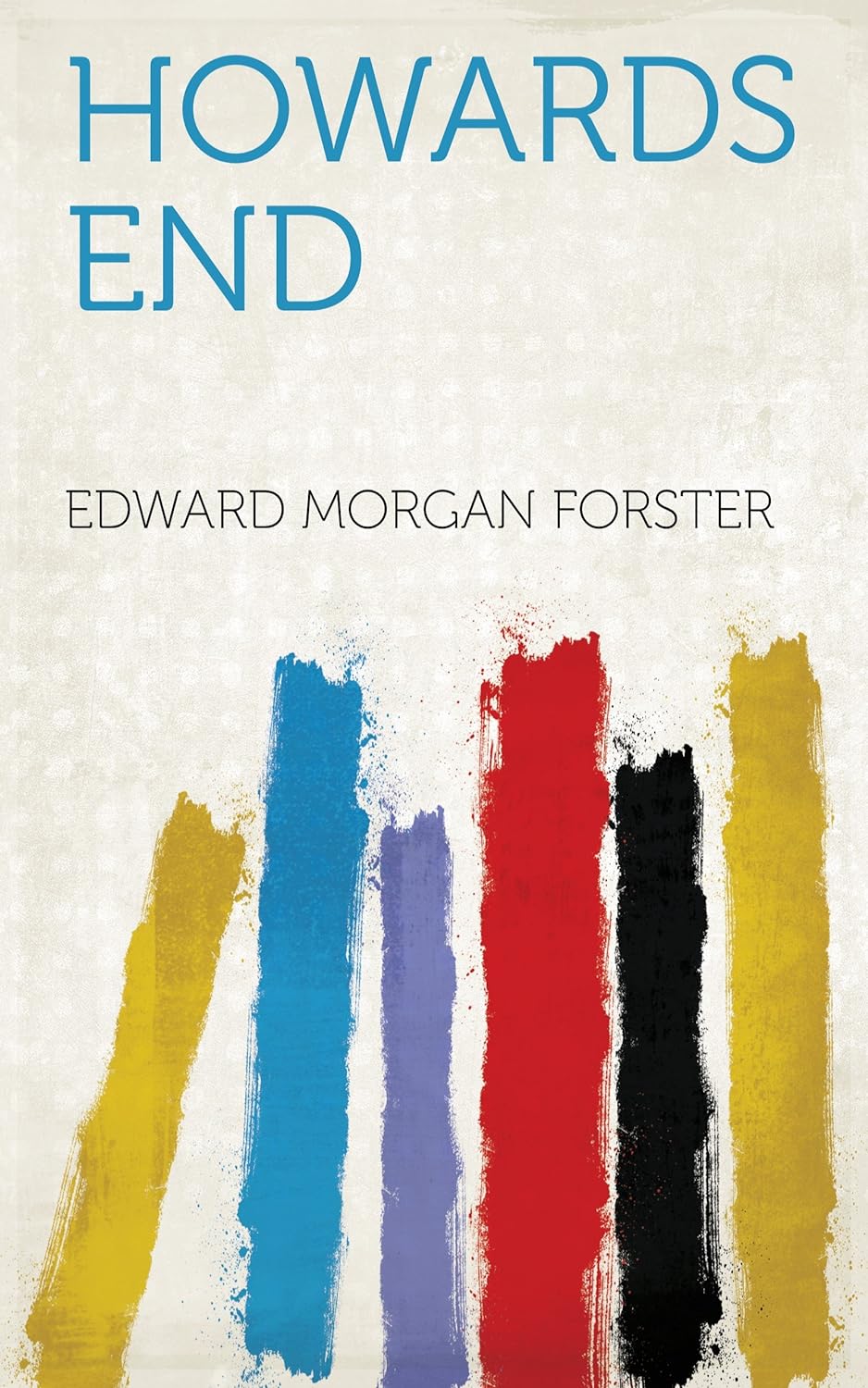
Howards End by E.M. Forster
Nobel laureate and perhaps the quintessential British author, adapted for the screen by the brilliant Merchant-Ivory duo, E.M Forster, better known by his Passage To India, offers astute social commentary and satire in his masterpiece: Howard’s End. narrating the stories of three distinct English families: the Wilcoxes, capitalists wealthy off of profits from the colonies, the Schlegels, half-Germans who bear close resemblance to Virginia Woolf and the Bloomsbury Group, and the Basts, an impoverished young couple from the lower class. By showcasing the everyday existence of and interactions within these three families, of varying classes and socio-moral philosophies, th;s ‘condition-of-England’ novel minutely details the dominant proclivities within English society at the behest of the 20th century.
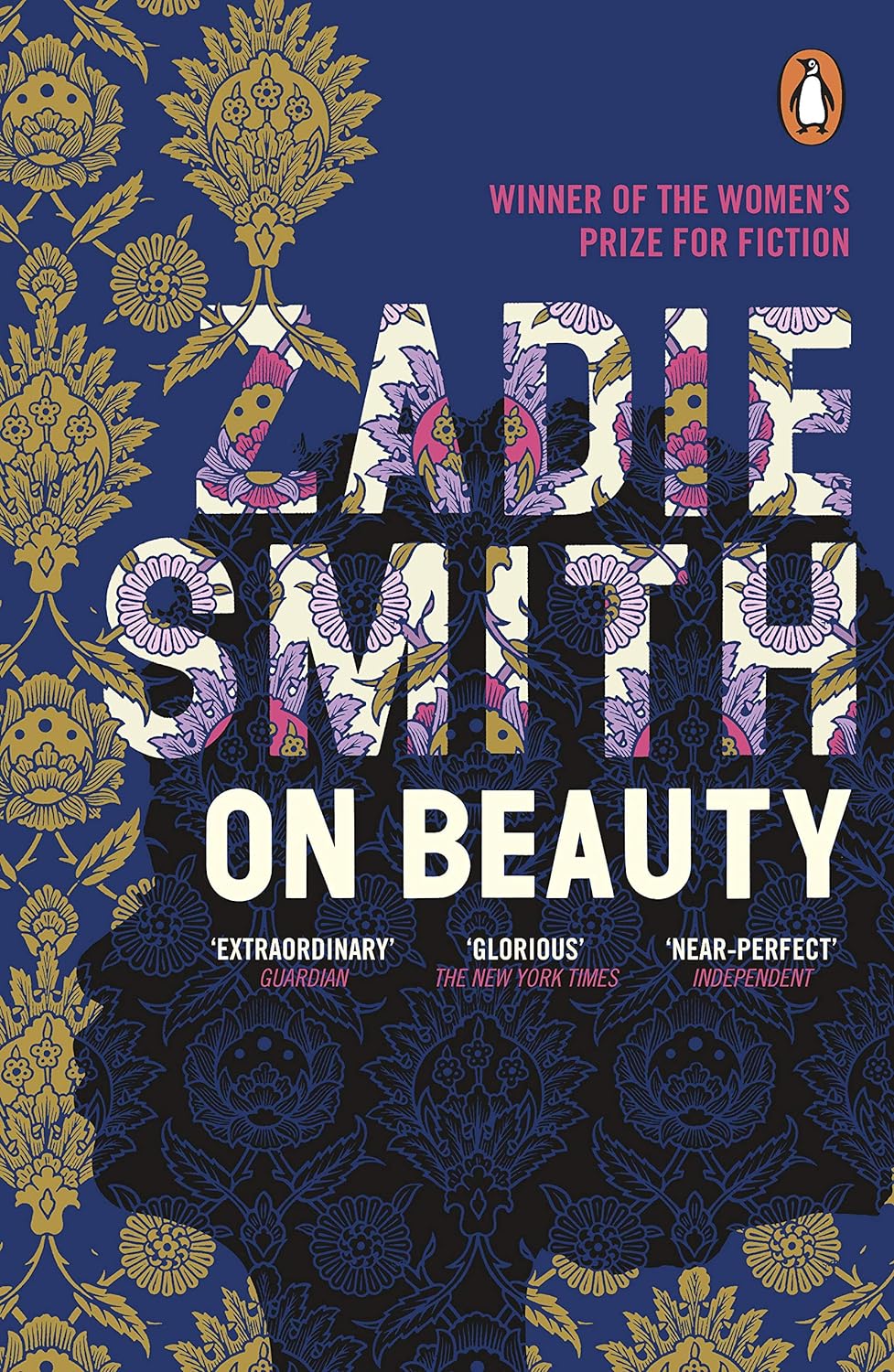
On Beauty by Zadie Smith
A true literary talent, Zadie Smith continues in her tradition of adapting the canon to the contemporary and postmodern, most proficiently in her Booker-shortlisted 2005 novella On Beauty. Loosely based on Forster’s Howards End, Smith’s plot depicts the curiously intertwined and starkly different lives of two English families: that of white Englishman and Rembrandt scholar Howard Belsey, and his nemesis, Trinidadian professor Monty Kipps and his family. Populated with flawed, obnoxious and deeply unlikeable characters, as well as the racial and political diversity of 2000s English society, On Beauty is a humorous exploration of family dynamics, the perceptions of identity and the many delusions and deceptions therein. Described by The Observer as a “transatlantic comic saga”, Smith’s novel, whose many sections closely parallel Forster’s, is both a homage to and critique of Howards End.
Homer’s Penelope
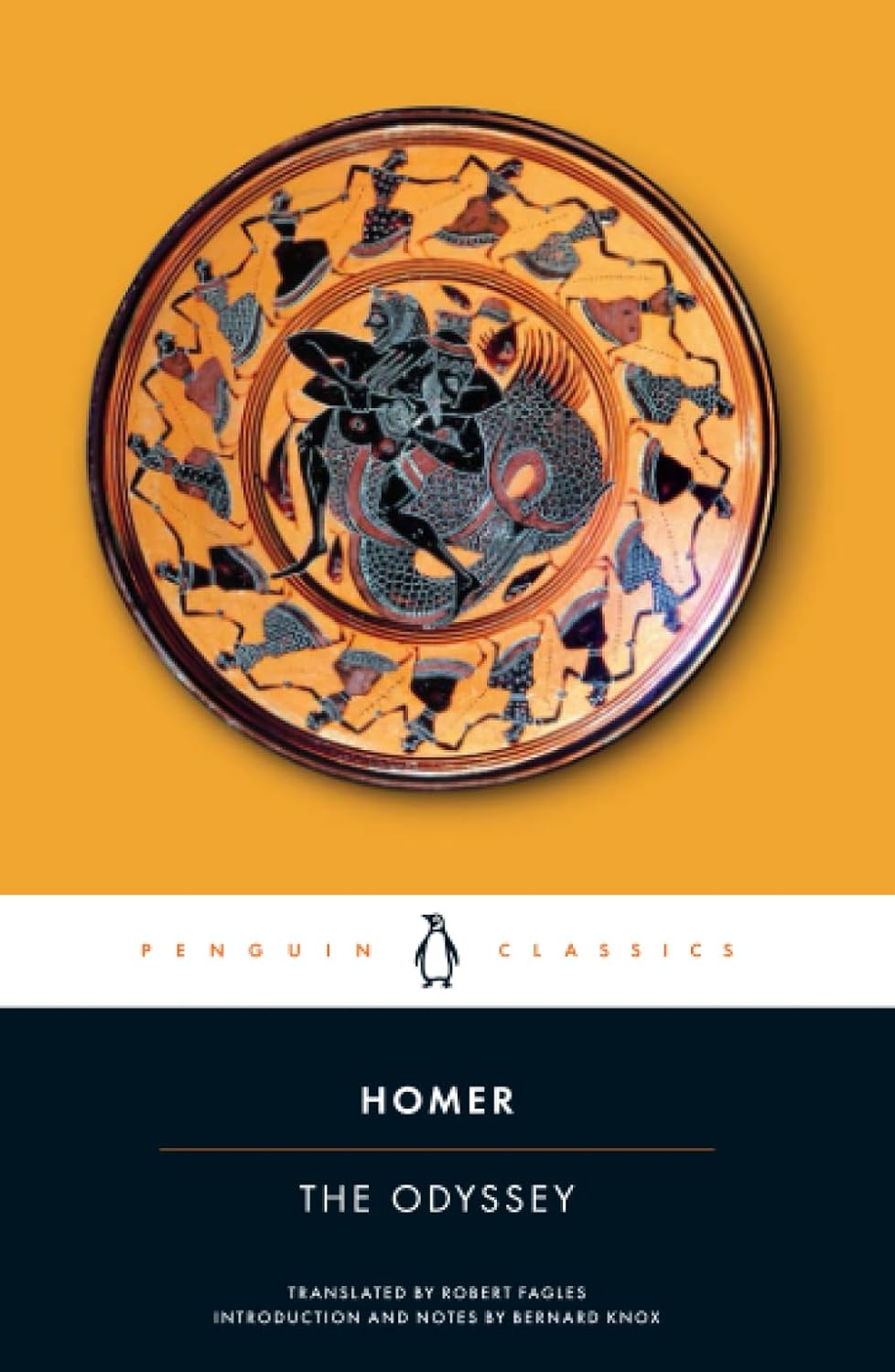
The Odyssey by Homer
An epic in 24 books, Homer’s Odyssey picks up right where the Iliad left off. Odysseus, king of Ithaca, spends ten years trying to get home after fighting in the Trojan War. Battling the beauty and monstrosity of mythical creatures, and braving the wrath of angered Gods, the undeterred protagonist enters an unwitting adventure that takes him across the coasts of Africa and southern Europe. Back in Ithaca, his wife Penelope remains faithful despite suitors who overrun their palace. Disguised as a beggar, Odysseus ultimately reunites with his son Telemachus and takes back his kingdom. A timeless tale of heroism, composed of bottomless sub-plots and tangents, as is characteristic of the oral tradition and its epic tales, Homer’s The Odyssey is a brilliant and infinitely-layered celebration of perseverance and the importance of home.
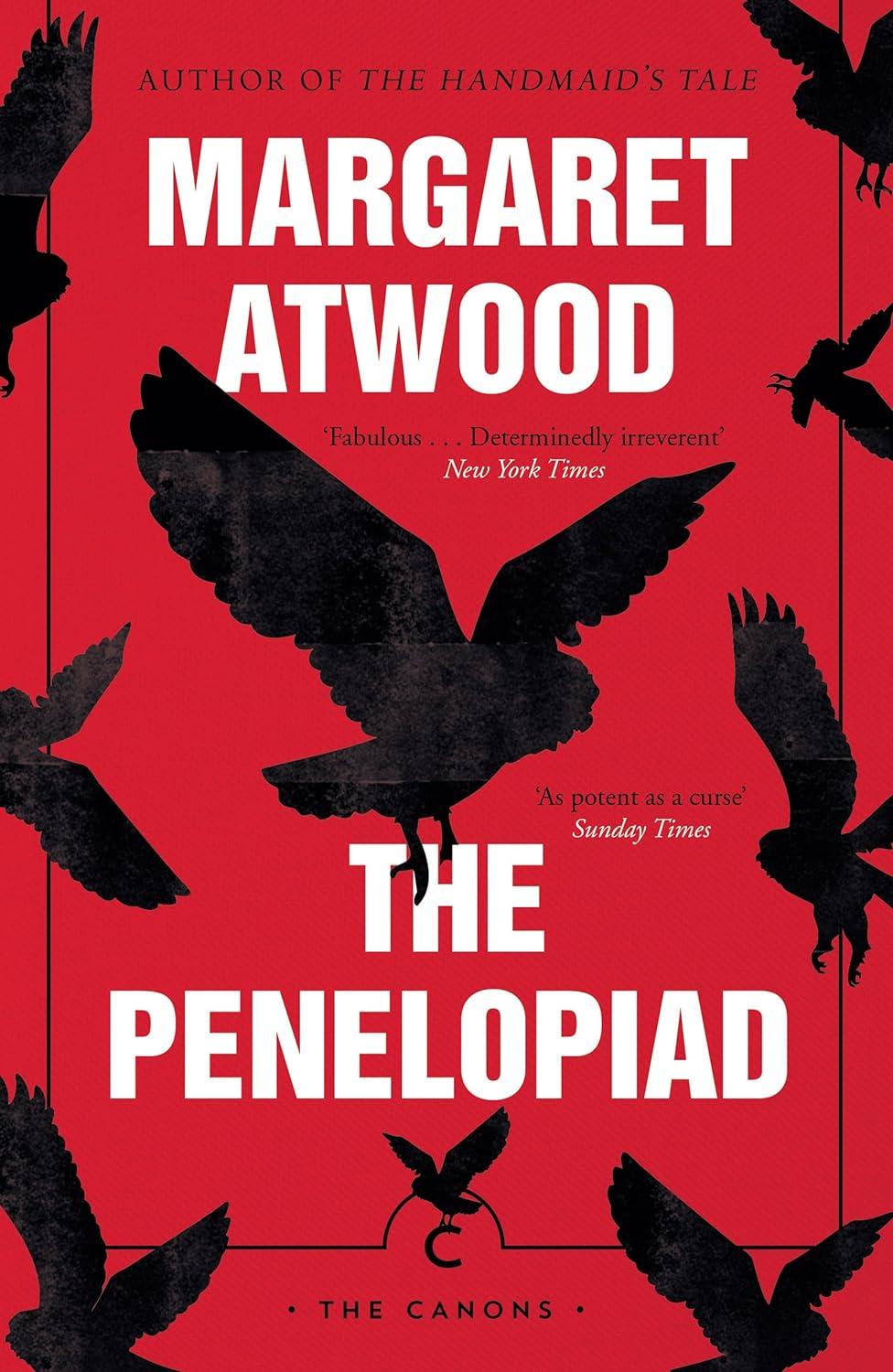
The Penelopiad by Margaret Atwood
First in Canongate’s Myth Series (where contemporary authors rewrite ancient mythology), direct from the irrepressible and wonderful imaginative scope of Atwood comes a novella in retrospect, specifically the retrospective visions of Penelope and her twelve hanged maids. Replete with the great stakes crucial to epics, the supernatural that elevates its status and the chorus (the maids) that continually supplies the epic with its traditional expositions and evocative descriptions, Atwood’s Penelopiad is nothing short of a masterful attempt at revisionism in its great respect to the ancient form and its stylistic components. Sitting in the afterlife, Penelope and her melancholic mystical band of women enter critical reflection as they remember the events of the Odyssey and deliberate on the many machinations involved. Narrated by a horde of conflicting, complementary and varied voices, the novella contains, within its short expanse, a wide range of perspectives on a multiply-experienced singular story. A wonderful conjunction of the classical with the postmodernist, “Penelopiad” is a novella worth reading if you’d like an inside take on Odysseus, an introduction to Margaret’s acerbic voice as well as her irrepressible heroines.
Pick up any one of these 4 Canonised Classics or their Rivetting Adaptations from any Kunzum store or WhatsApp +91.8800200280 to order. Buy the book(s) and the coffee’s on us.
